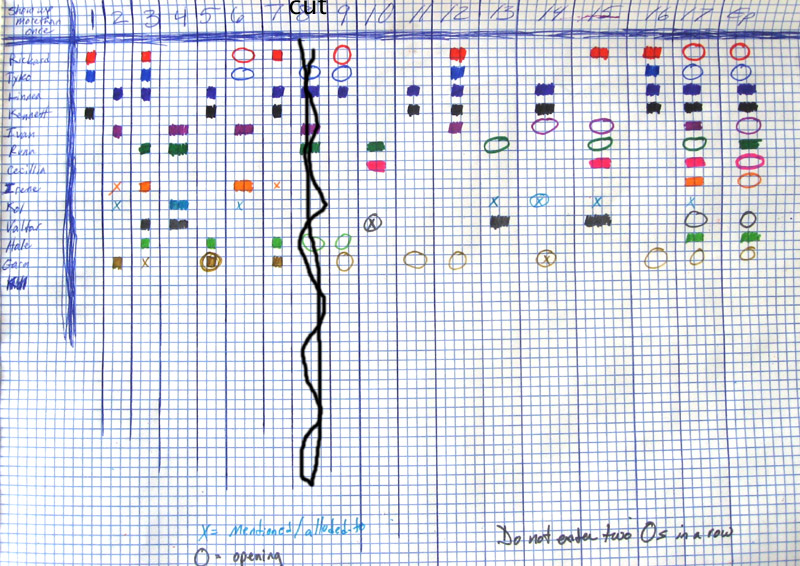Stuff I’ve left open in tabs for a few days and decided I wanted to link.
- Practical Ways to Cultivate Spirituality in a Child: Part 1
- For the youngest children, i.e., mine are almost there.
- Your time: Ten not so respectful answers
- Deliciously snarky answers to express your busy-ness. The type you’re glad to read but doubt you’d have the gumption to use. I *loved* #4, and #2 was great, too.
- Separation of Church and Home(school)
- This was the timely finding of a discussion I wanted to watch people thinking about (confused yet?)
- I had just this week been wondering how I could call myself consistent if I accepted the classroom model for Sunday school and not general academics.
- Can’t say I align myself with everything discussed here, but I appreciated the point about the church having a mandate to teach (e.g., to help and equip the parents to teach their children) while the gov’t, via public schools, have basically created their own mandate. This distinction worked for me.
- This was the timely finding of a discussion I wanted to watch people thinking about (confused yet?)
- 50 Reasons Why I Could Never Homeschool
- Very straight forward and defensiveness-inducing for anyone resisting the idea to homeschool. Rather encouraging for those seeking affirmation to go for it.
- An essay/article-writing contest with a big-mag paycheck ($3000) for the prize.
- If I don’t get around to writing something myself, I’d love to recognize the name of the one who did. ;)

